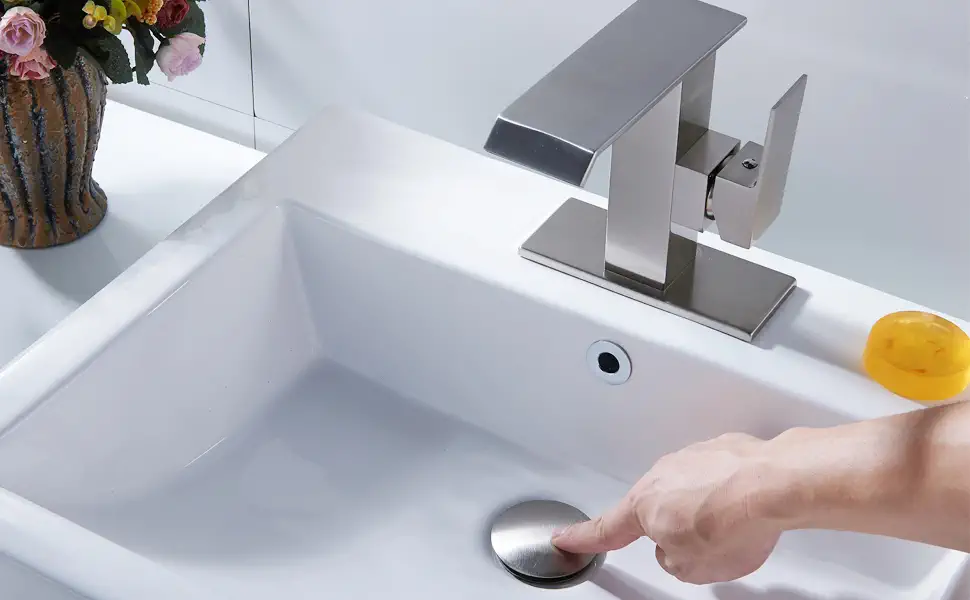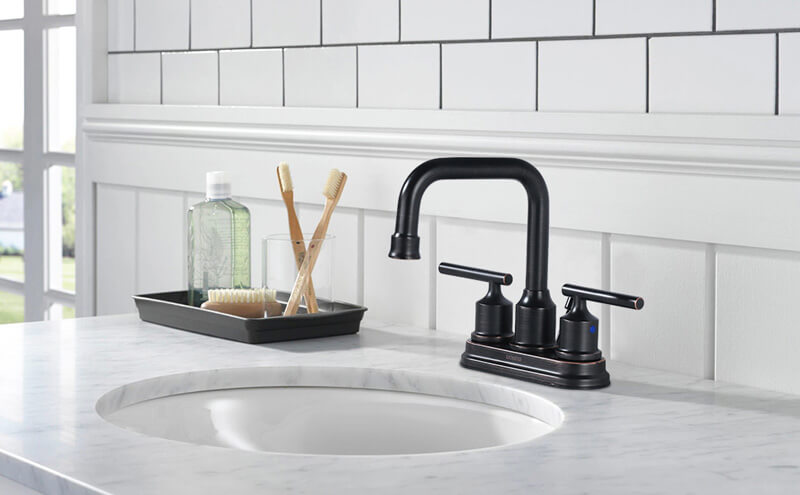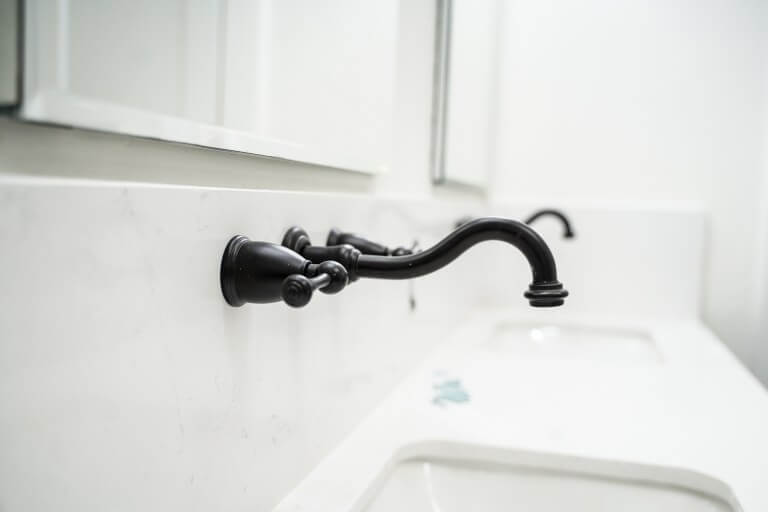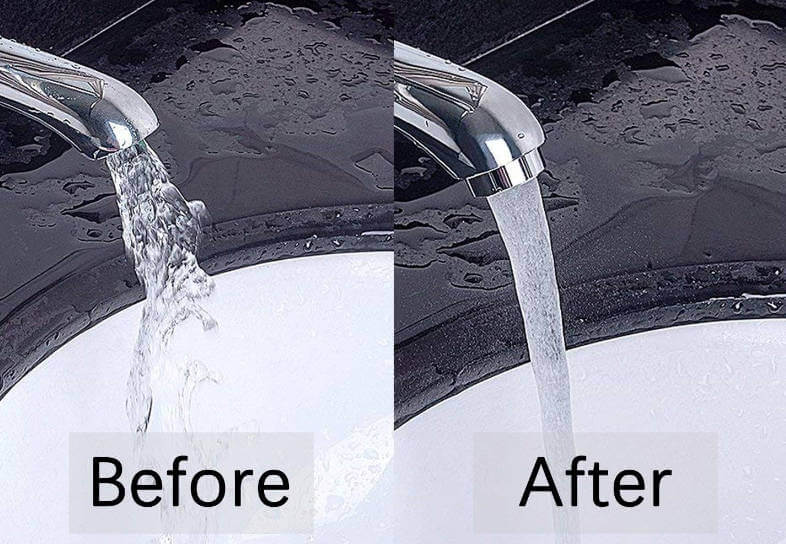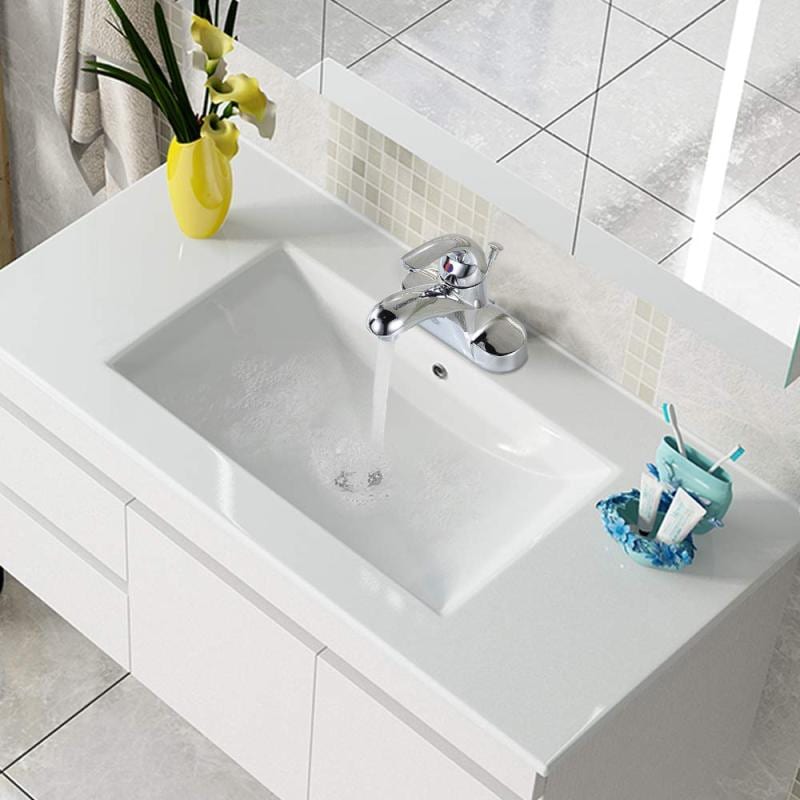
How To Choose A Bathroom Faucet?
1. The Handle: Feel The Optical Axis Is Good
Commonly used faucet spools are steel ball spools and ceramic spools. The steel ball spool has good pressure resistance, but the disadvantage is that the rubber ring used as a seal is easily worn and will quickly deteriorate. Compared with steel ball spool, ceramic spool is more heat and abrasion resistant. At the same time, the ceramic valve itself has good sealing properties, allowing it to achieve a high number of opening resistance, which will not lead to faucet leakage due to the wear of the spool. Faucets with ceramic valve cores are more comfortable and smooth to the touch, and open and close faster.
As the valve core is inside the faucet, consumers can’t see the valve core at the time of purchase, but they can simply judge the quality of the valve core based on the feeling when turning the handle. Generally, consumers will turn the handle up and down, left and right. If it feels very light, no sense of blockage, the valve core is better.
2. Water Flow: Bubbling Rich And Soft, Indicating A Better Bubbler.
Consumers should choose a more durable integral casting faucet. Integral casting faucet in knocking is dull, consumers can buy by knocking the faucet to determine whether the faucet is integral casting.
When purchasing a faucet, try to choose a faucet with foaming and feel the water flow with your hands. A soft water flow and an abundance of foam (the amount of bubbles in the water stream) indicates a good quality bubbler. A bubbler has six layers, usually consisting of a metal mesh cover (some plastic). As the water flows through the mesh, it is cut into a large number of small jets with air in between so that the water doesn’t splash around.

 WOWOW Faucets
WOWOW Faucets